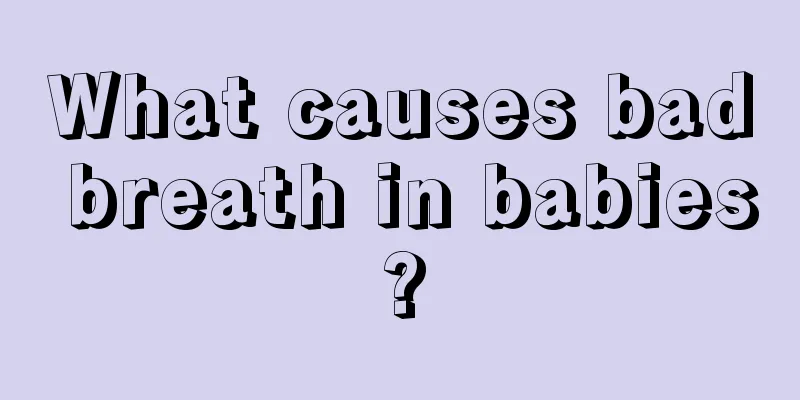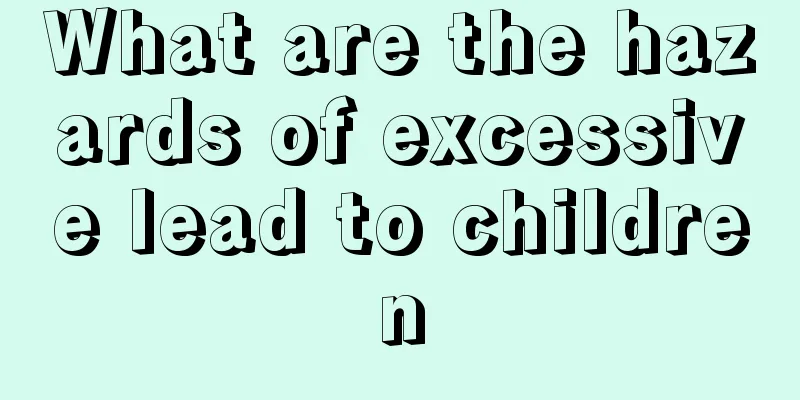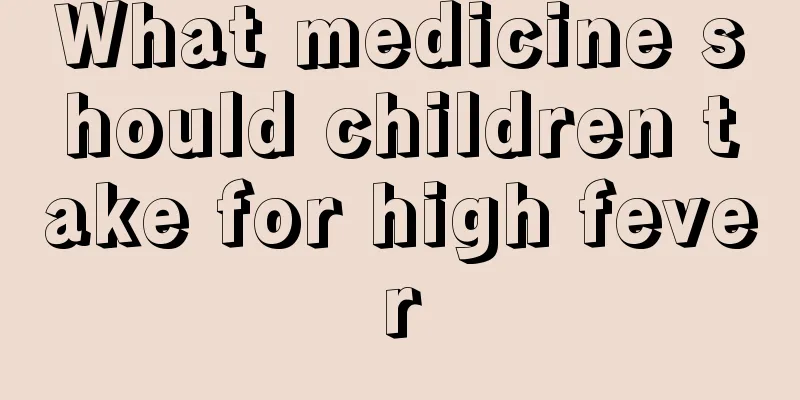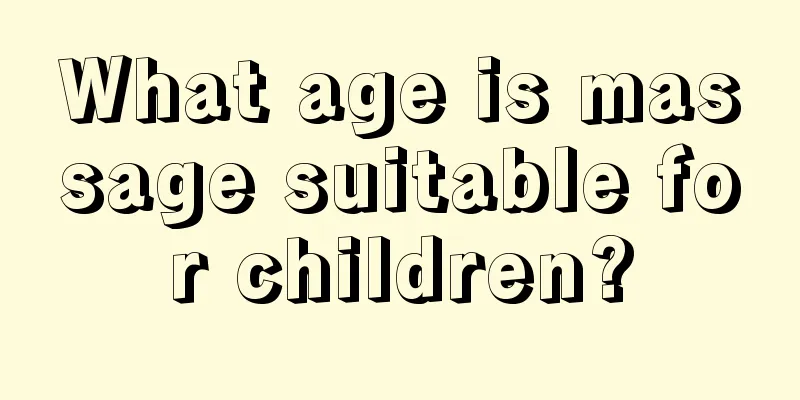Symptoms of pharyngitis in children, these characteristics must not be ignored

|
Children will show symptoms after suffering from pharyngitis, but the symptoms will be mild at the beginning. Some careless parents may not notice it, which will make the condition worse. Therefore, we must learn to be more careful in daily life and detect the disease early and treat it early. 1. Chronic hypertrophic pharyngitis (1) Discomfort, pain, itching or dryness in the throat, sometimes with a burning sensation, smoky sensation, or foreign body sensation; irritating cough, coughing up secretions in the morning, and even nausea. (2) The pharyngeal mucosa is thickened and dark red, with dilated small blood vessels. The posterior pharyngeal wall has granular lymphoid follicles that proliferate and are scattered and even fuse into pieces. The lateral pharyngeal cords are thickened and protrude into the pharyngeal cavity in cord-like shapes on both sides. There may be sticky or mucopurulent secretions on the posterior pharyngeal wall. 2. Streptococcal pharyngitis: The onset is acute. At the beginning, the throat is dry and burning, followed by throat pain. The pain when swallowing is often more obvious than when eating. Severe children may even have chills, high fever, headache, general discomfort, loss of appetite, and sore back and limbs. The pain in the throat gradually worsens and may cause corresponding symptoms depending on the area of inflammation. When the lateral pharyngeal bundle is inflamed, it causes difficulty and pain in swallowing, accompanied by ear pain. When the lymphatic tissue at the base of the tongue is inflamed, there is severe burning or stabbing pain that radiates to both ears. When the Eustachian tube is affected, there will be stuffy ears, tinnitus and hearing loss. If the lesion invades the throat, symptoms such as cough, hoarseness, and difficulty breathing will occur. Children with severe illness may suffer from convulsions. 3. Chronic simple pharyngitis: Systemic symptoms are not obvious, but local symptoms are the main ones. The symptoms of various types of chronic pharyngitis are roughly similar, and vary, such as discomfort in the throat, foreign body sensation, itching, burning, dryness or irritation, and may also be accompanied by slight pain. It is mainly caused by stimulation of its secretions and hypertrophic lymph follicles. There may be cough and nausea. 4. Acute pharyngitis: The onset is acute, with dryness and burning sensation in the throat at the beginning; followed by pain, which is often more obvious when swallowing saliva than when eating; may be accompanied by fever, headache, loss of appetite and sore limbs; if it invades the throat, it may be accompanied by hoarseness and cough. |
<<: What should children with asthma eat? Don't miss these foods
>>: Parents should never ignore the symptoms of acute pharyngitis in children!
Recommend
How old can a child smell body odor?
Body odor is a particularly embarrassing disease ...
Four month old baby sweating on head
The baby's head sweating while sleeping is a ...
What to do if your child stutters
Children's stuttering brings great trouble to...
What can I eat to relieve my child's vomiting?
Children's bodies are not as strong as those ...
How to treat constipation in a 4-year-old baby
Babies are more likely to suffer from constipatio...
What to do if a newborn aspirates meconium
Meconium aspiration syndrome refers to a syndrome...
What are the Chinese patent medicines for strengthening the spleen and stomach in children?
Now that summer has arrived, many children like t...
What should I do if my child has anal pain? What should I pay attention to?
Children's immune system is relatively low an...
What to do if your baby has a cold and has thick yellow nasal discharge
In real life, babies have poor resistance to viru...
What is the cause of mucus in baby's stool?
In order to provide the baby with a stable enviro...
How to treat baby's head hemangioma
Every family hopes that their children grow up he...
What's going on when my baby has a fever, diarrhea and vomiting?
Babies are the apple of our eyes. In fact, it is ...
Is intravenous infusion necessary for hand, foot and mouth disease?
After your baby gets hand, foot and mouth disease...
What causes dry eyes in children?
Children's eyesight must be protected, but re...
What to apply on children's eczema
Eczema is a common disease. People usually try ma...









